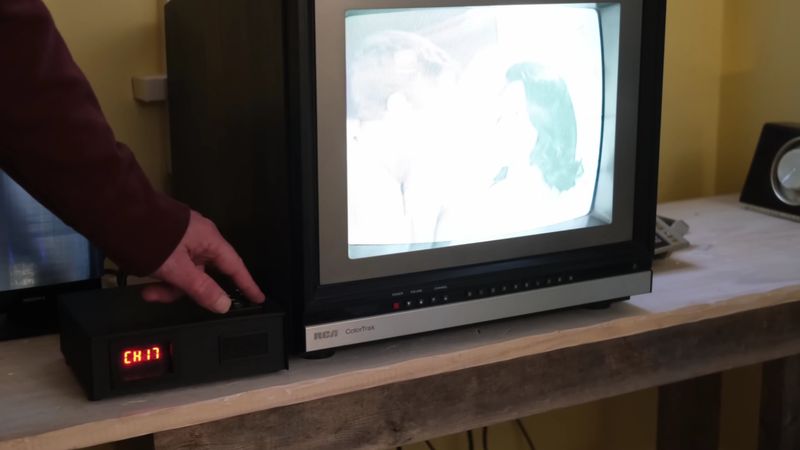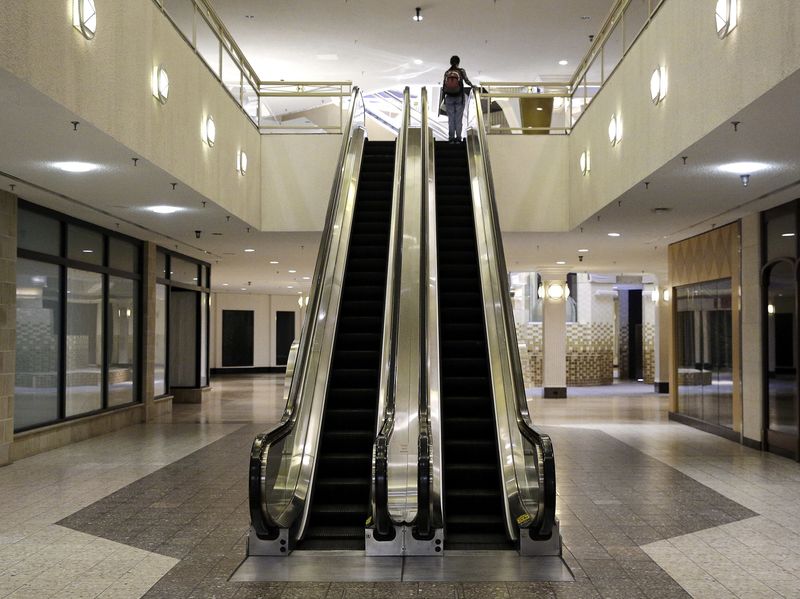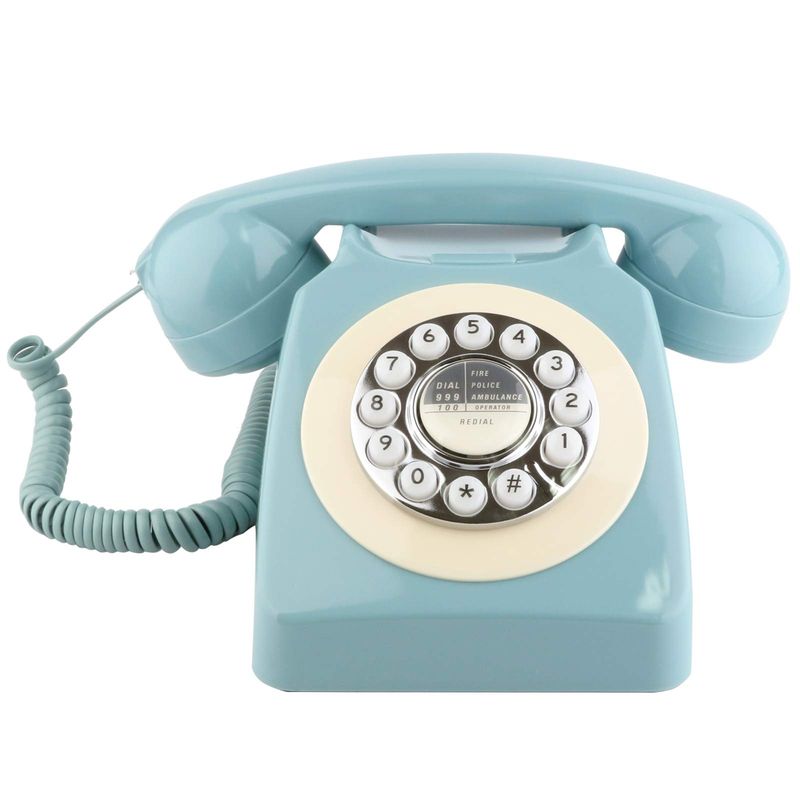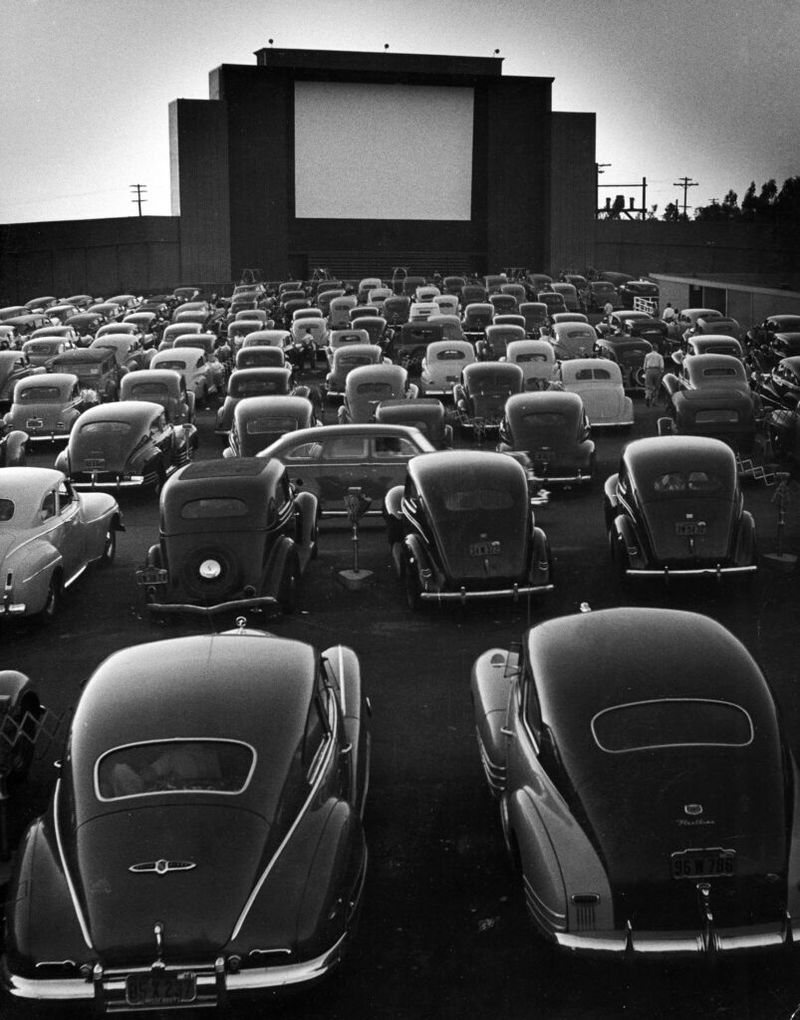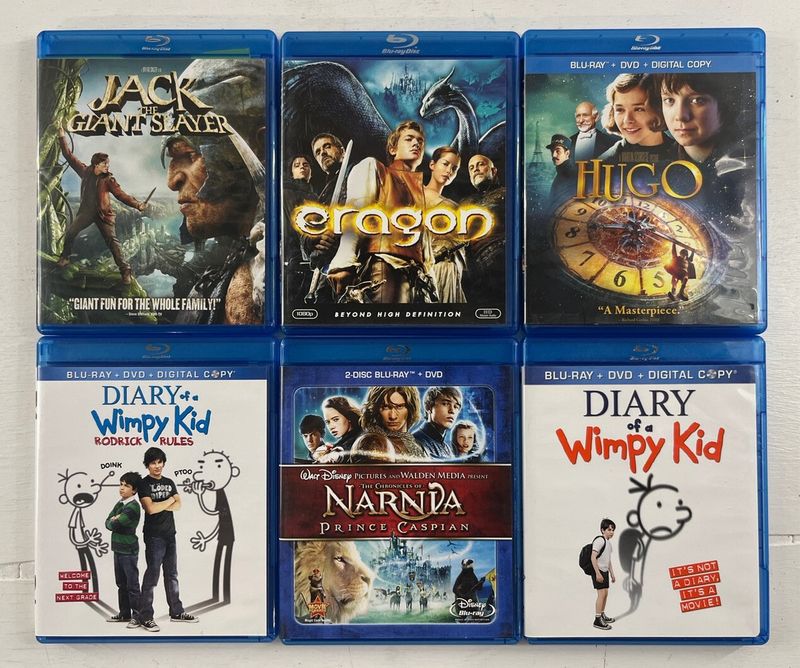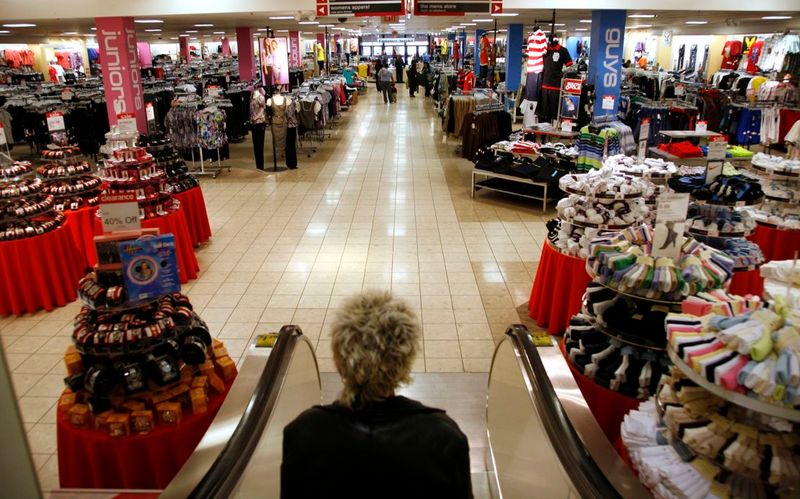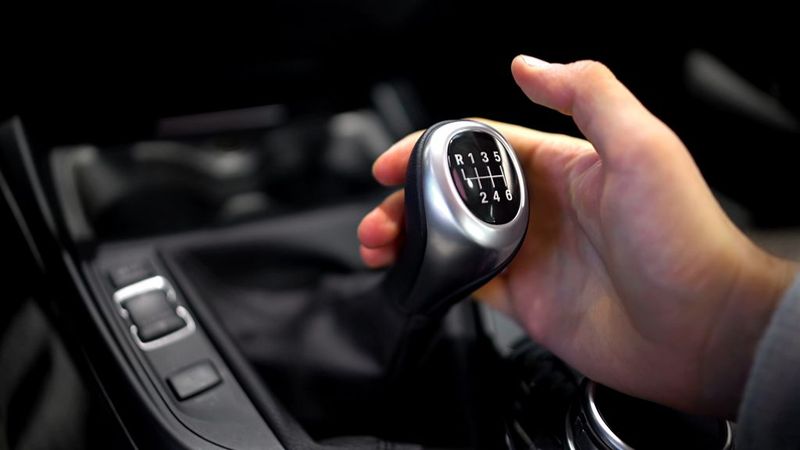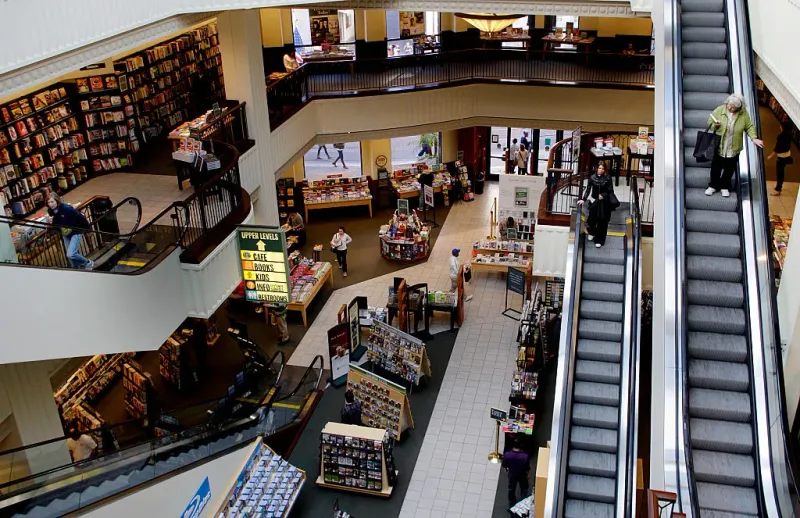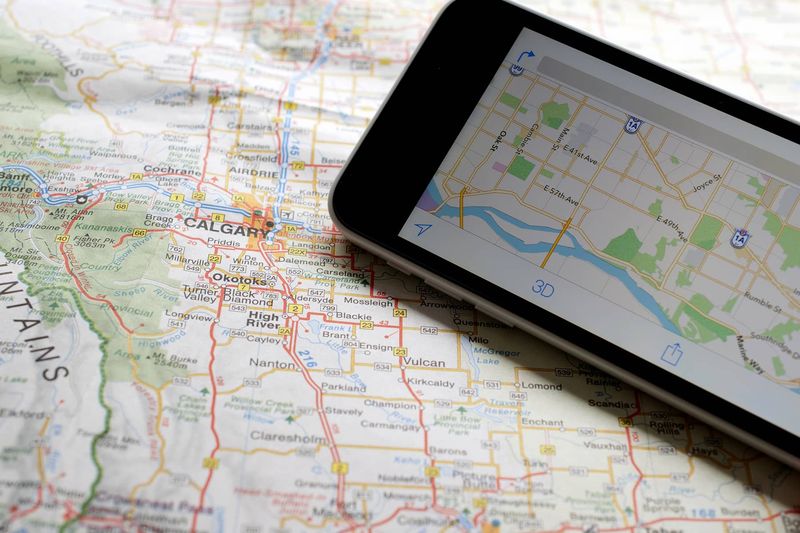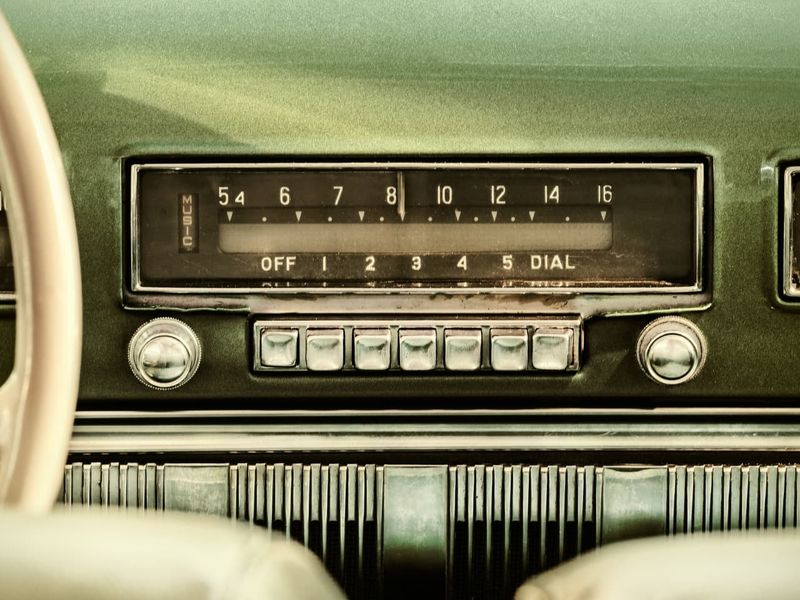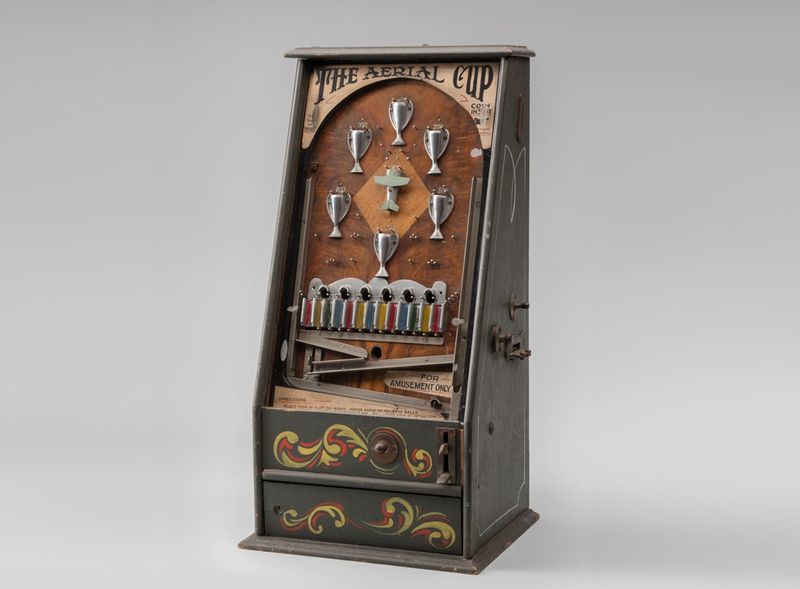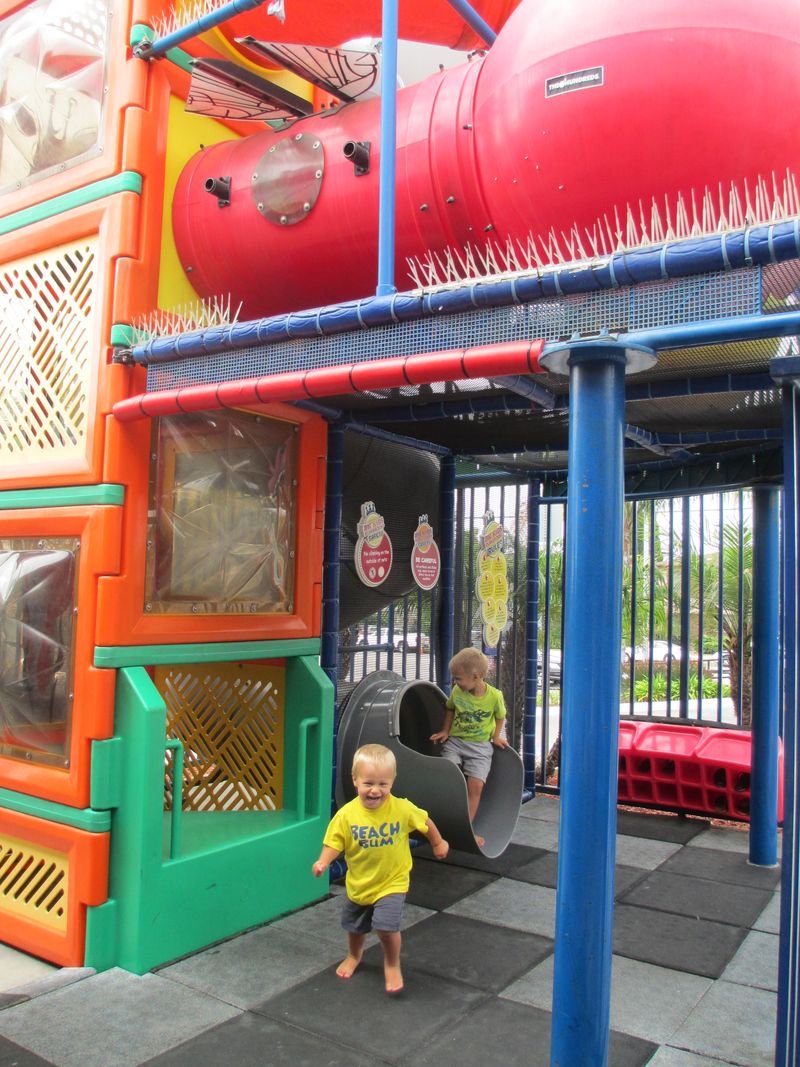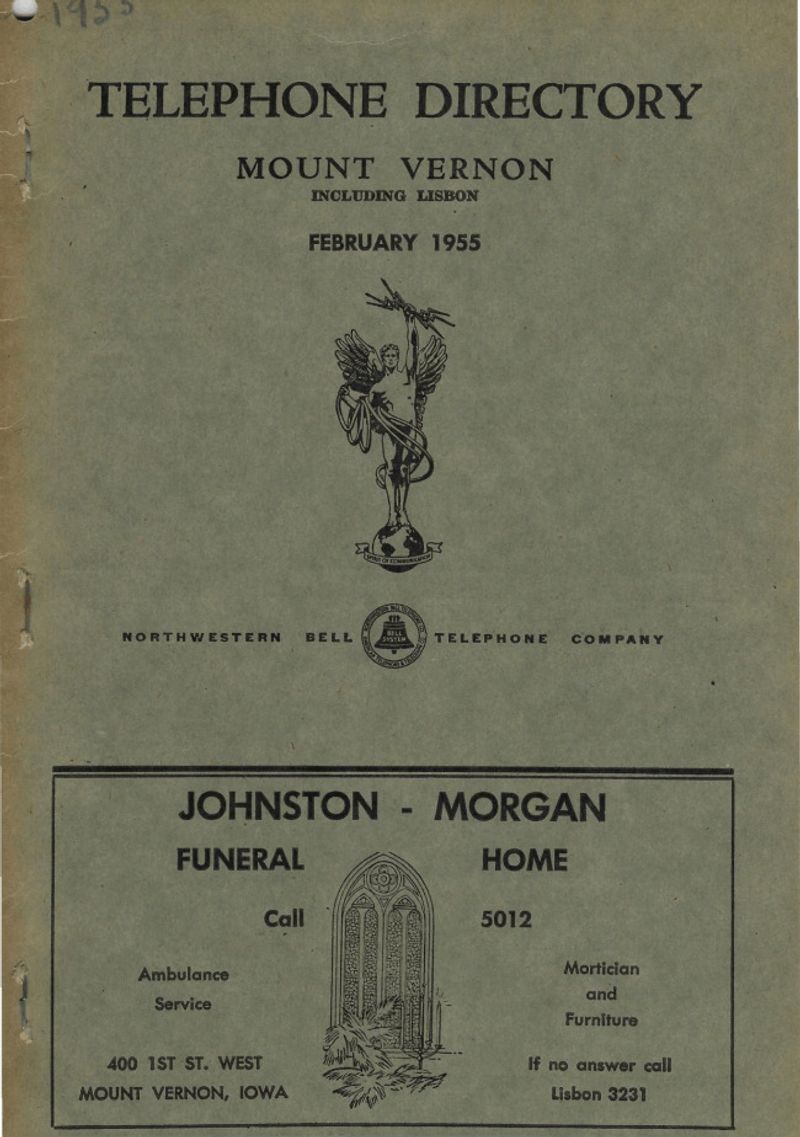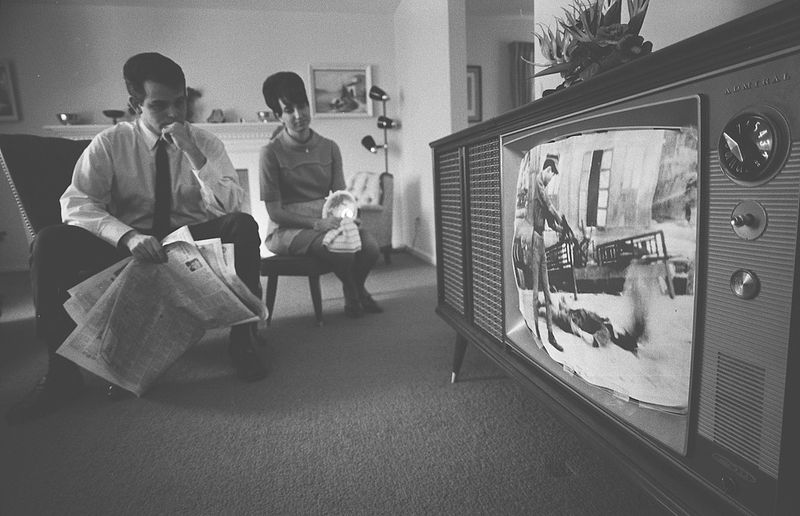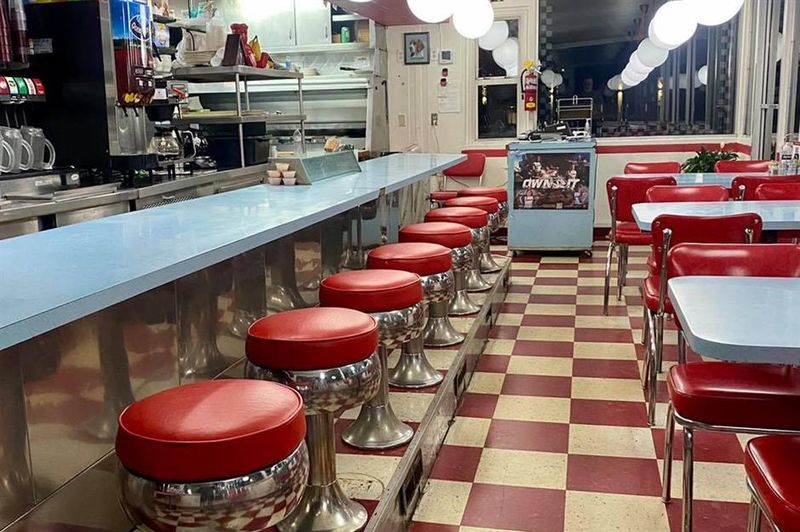In a rapidly evolving world, some beloved American traditions and institutions face the risk of extinction.
These cherished aspects of daily life, once integral to American culture, may soon become relics of the past.
Here, we explore 20 facets of American life that could disappear, reflecting on their significance and speculating on their future.
1. Cable TV
Once the pinnacle of home entertainment, cable TV now finds itself in competition with streaming services. Many remember the anticipation of channel surfing, discovering hidden gems among the hundreds of channels.
Yet, as more people cut the cord, this experience becomes rare. The nostalgia of flipping through channels, stumbling upon an unexpected movie marathon, or watching live TV events is fading.
With the rise of on-demand content, traditional cable faces an uncertain future. Will families continue to gather around for prime-time TV, or will streaming platforms dominate the scene?
2. Shopping malls
Once a hub of social interaction and retail activity, shopping malls now face decline. The echo of footsteps in vast, empty corridors tells a story of changing consumer habits.
Online shopping offers convenience that malls struggle to match. The once-bustling food courts and packed parking lots are now shadows of their former selves.
As stores close and foot traffic dwindles, the future of malls hangs in the balance. Will they reinvent themselves as community spaces or succumb to the digital marketplace?
3. Landline phones
In an era dominated by smartphones, landline phones are a nostalgic link to the past. The distinctive ring and the rotary dial evoke memories of a simpler time.
Once a household staple, they’re now seen as redundant, surpassed by the portability and features of mobile devices. Many homes no longer see the need for a landline.
The decline raises questions about how we connect. Will landlines become collector’s items, or will they find a new role in communication history?
4. Print newspapers
The rustling of a newspaper, enjoyed with a morning coffee, is a ritual under threat. With digital news available instantly, print newspapers struggle to compete.
Though they offer in-depth reporting and tangible satisfaction, circulation numbers are dwindling. The tactile experience and traditional journalism are at odds with the fast-paced digital world.
As readership declines, will newspapers become historical artifacts, or will they adapt to maintain their place in media?
5. Drive-in theaters
Drive-in theaters evoke images of America’s golden age of cinema. With the open sky above, watching movies from the comfort of your car was a cherished pastime.
Today, they face competition from modern multiplexes and home streaming services. The charm of the drive-in is undeniable, but economic challenges loom.
Will nostalgia keep drive-ins alive, or will they become a memory of bygone days?
6. DVD and Blu-ray players
Physical media like DVDs and Blu-rays once ruled the home entertainment scene. The excitement of a new release, the crisp image, and special features made them sought after.
However, streaming services offer convenience that physical discs cannot match. With swift downloads and vast libraries, the tactile joy of loading a disc is at risk.
As digital becomes dominant, can DVDs and Blu-rays maintain their relevance in a rapidly changing entertainment landscape?
7. Department stores
Department stores, once the epitome of shopping convenience, now face tough times. Their grand displays and diverse merchandise attracted countless families.
Yet, online shopping’s rise poses a threat. The personal touch and festive atmosphere struggle against the draw of one-click purchases.
Can department stores innovate to compete, or will they be consigned to history as retail evolves?
8. Paper checks
Paper checks, once a primary payment method, are becoming rare. The process of writing a check, intricate and personal, seems antiquated compared to digital alternatives.
Electronic payments offer speed and efficiency, rendering checks almost obsolete. The nostalgic act of balancing a checkbook is fading.
As we move towards a cashless society, will paper checks hold any place in financial transactions?
9. Manual transmission cars
For car enthusiasts, manual transmission offers a driving experience like no other. The control, the connection to the vehicle, is unmatched.
However, automatic cars dominate the market, favored for ease and convenience. The art of shifting gears is becoming rare.
As technology advances, will manual transmissions become a relic of driving history?
10. Chain bookstores
Chain bookstores once flourished, offering readers a haven among countless titles. The smell of fresh paper and the quiet hum of discovery made them special.
Yet, e-books and online retailers challenge their existence. The convenience of digital reading and doorstep delivery is enticing.
Can these bookstores adapt to the digital age, or will they become a fond memory for bibliophiles?
11. Physical maps
Physical maps once guided travelers across unfamiliar terrain. The act of unfolding a map, plotting a course, was both practical and adventurous.
With GPS and digital maps, physical versions are less common. The reliability and accuracy of technology often overshadow the charm of a traditional map.
Will these tangible guides find a place in the modern traveler’s toolkit?
12. AM radio
AM radio, a staple of early broadcast history, provided news and entertainment to millions. Its distinctive sound and local flavor were unmatched.
Today, digital streaming and FM stations overshadow AM. Reception issues and limited content leave it struggling to maintain relevance.
As radio technology advances, can AM radio adapt, or will it fade into nostalgia?
13. Coin-operated machines
Coin-operated machines, from arcades to laundromats, evoke memories of simpler times. The clink of coins, the tactile interaction, was part of their charm.
Now, digital payment options and home consoles challenge their existence. The allure of coin-op gameplay is a fading novelty.
Can these machines find a new life among retro enthusiasts, or are they destined to disappear?
14. Fast food play areas
Fast food play areas were once bustling with children’s laughter. They offered a break for parents and fun for kids, embedded in family outings.
However, safety concerns and changing dining habits threaten their presence. The joy of climbing and sliding in these spaces may be short-lived.
Can play areas evolve to meet modern demands, or will they vanish from the fast-food landscape?
15. Suburban office parks
Suburban office parks symbolized corporate growth and suburban expansion. Their sprawling campuses offered space and serenity.
Remote work trends challenge their necessity, as more companies opt for flexible arrangements. The daily commute fades as home offices rise.
Will these parks adapt to new business models, or will they become relics of past work dynamics?
16. Gas-powered lawn equipment
Gas-powered lawn equipment once reigned supreme in yard care. The roar of a mower, the scent of fresh-cut grass, defined many weekends.
Environmental concerns and electric alternatives question their future. Cleaner, quieter solutions gain popularity.
Can gas-powered tools evolve to meet eco-friendly standards, or will they be replaced by greener options?
17. Home telephone books
Home telephone books once connected communities, listing every resident’s number. Flipping through them was a ritual of personal connection.
Now, digital directories and smartphones render them obsolete. The tactile search for a neighbor’s number is a fading memory.
Will these books find a place in history, or will they vanish completely from homes?
18. Network television
Network television, with its iconic shows and prime-time slots, was once a unifying force in entertainment. Families gathered for shared viewing experiences.
Streaming services challenge this tradition, offering on-demand options. The communal aspect of live TV is at risk.
Can network television maintain its bond with audiences, or is it destined to become a relic of entertainment history?
19. Signature-based credit cards
The ritual of signing for a purchase, once a hallmark of credit card transactions, is fading. Chip and contactless payments offer speed and security.
The personal touch of a signature is becoming rare in the digital age. The act of signing, both informal and formal, is overshadowed.
As payment methods advance, will signatures retain any role in financial transactions?
20. Traditional diners
Traditional diners, with their retro decor and comfort food, evoke nostalgia. They are social hubs, offering homemade meals and friendly banter.
Yet, fast casual and modern eateries challenge their existence. The personal touch and unique charm face tough competition.
Will these diners find ways to thrive in a changing culinary landscape, or are they at risk of disappearing?

